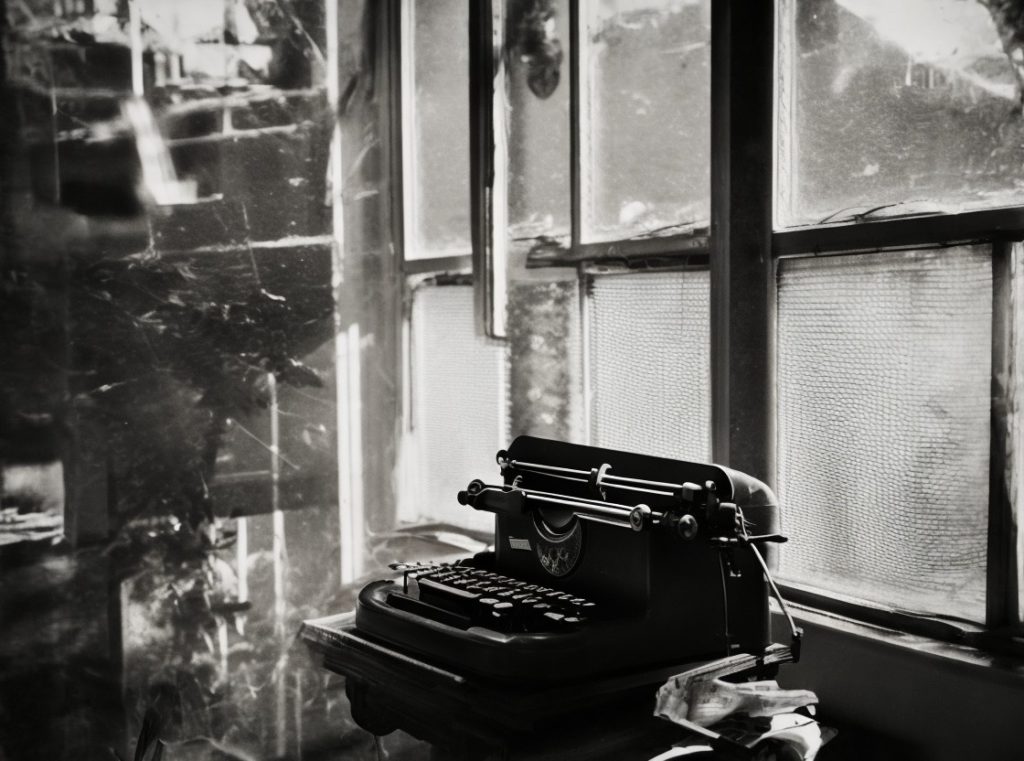Synopsis: “Ask the Dust” by John Fante
“Ask the Dust” by John Fante is a captivating novel set in the gritty and vibrant backdrop of 1930s Los Angeles. The story follows Arturo Bandini, a young writer with dreams of literary success, as he navigates the challenges of life, love, and self-discovery.
Amid the bustling streets and cafes of Los Angeles, Bandini’s journey is marked by his passion for writing and his encounter with Camilla Lopez, an enigmatic and alluring waitress. As Bandini’s aspirations clash with his personal struggles, he grapples with the complexities of ambition, identity, and the pursuit of the American Dream.
Fante’s evocative prose paints a vivid picture of a city marred by the Great Depression yet brimming with the hopes and aspirations of its inhabitants. Through Bandini’s lens, readers are transported into an era where dreams and reality intertwine, and where the pursuit of success often comes at the cost of emotional turmoil.
“Ask the Dust” is a tale that delves into the human psyche, exploring themes of ambition, love, and the challenges of self-discovery. Fante’s narrative captures the essence of an era and the universal struggles that transcend time. As Bandini navigates the streets of Los Angeles and his own desires, readers are invited to witness a poignant and evocative journey that still resonates with the complexities of the modern human experience.
Review
In the literary tapestry of John Fante’s “Ask the Dust,” a novel deeply rooted in the bustling vibrancy of 1930s Los Angeles, lies a dichotomy that both intrigues and challenges modern readers. With its evocative imagery that provides a vivid snapshot of its time, alongside a narrative that occasionally grapples with dated themes, the novel emerges as a captivating journey into a bygone era, inviting us to explore the interplay between the past and the present.
Transporting readers to a world where the sun-drenched streets of Los Angeles mirror the desires and dreams of its inhabitants, “Ask the Dust” unveils the complex journey of young writer Arturo Bandini. As Bandini navigates his path to literary success, John Fante paints a picture that captures both the gritty realism of the Great Depression and the ethereal beauty of artistic aspiration. The city’s vibrant streets, its cafes bustling with ambition, and its colorful characters are all woven into a tapestry that resonates with the author’s keen powers of observation.
Yet, as we immerse ourselves in this tale, we cannot help but acknowledge the complexities that accompany it. While the novel’s imagery and evocative storytelling invite us to step back in time, there are moments that feel at odds with contemporary sensibilities. Themes and attitudes that reflect the prejudices of its time can be jarring to today’s readers. The portrayal of women, for instance, often falls into the confines of a traditional narrative that may not align with modern notions of gender equality. However, within these dated moments, there is value in understanding the evolution of literature and how societal shifts shape the stories we tell.
The true strength of “Ask the Dust” lies not only in its narrative, but in its ability to offer readers a glimpse into the very fabric of 1930s Los Angeles. Fante’s prose is a conduit through which we can step into the streets and alleys of a city marred by economic strife yet illuminated by the aspirations of its inhabitants. The smog-laden skies, the allure of Hollywood, and the dreams of those who seek their fortunes are depicted with a rawness that captures both the allure and the struggle of the time.
Arturo Bandini’s tumultuous journey of self-discovery and his complex interactions with the enigmatic Camilla Lopez further elevate the novel’s poignancy. Their passionate connection is a testament to the power of human emotion, yet it is also juxtaposed against the backdrop of societal norms that were prevalent during that era. This serves as a lens through which readers can analyze the evolution of love, identity, and social dynamics.
“Ask the Dust” is not merely a novel; it is a captivating historical document that offers readers an intimate glimpse into a time of turmoil, growth, and self-discovery. While its dated moments and themes may challenge today’s sensibilities, they also underscore the importance of recognizing how far we’ve come. Fante’s prose is a vehicle that enables us to reflect on the progression of literature and society, while basking in the rich imagery of a time gone by.
In the end, “Ask the Dust” is a reminder that even in the most timeless of stories, the changing tides of culture and attitudes can cast varying shadows on the narrative. It is an invitation to engage critically, appreciate the past, and recognize the journey that literature has taken through the lens of history’s pages. As we read, we embark on a dual journey – one into the past, and the other into the intricate labyrinth of our own perceptions and interpretations.

Editor and Chief, Cavalletto Magazine
Owner And Operator of Burton Media Group
Christopher Burton is a acclaimed Photographer and has appeared in many shows, galleries, and publications over the years.

